Assisting customers at our nursery, I often hear comments like, “Oh, I love roses, but I hear they’re a lot of work,” or “Wow, that’s a pretty rose, but aren’t they hard to care for?” This time of year roses are just coming into bloom, prompting many people to stop and take note of the beautiful colors and delicious fragrances. Maybe you’re one of those people, fascinated by the striking beauty of roses, yet reluctant to try growing them—you’ve heard they’re just too much work.
While growing gorgeous roses does require some discipline, recent advances in science and breeding have greatly reduced the amount of work needed to maintain the plants. If you’re thinking about starting a rose garden—or, for that matter, you’re curious how to cut down on the time you dedicate to caring for your existing roses—consider the following pointers to help give you success.
When starting a rose garden, choose healthy, well-branched plants with strong canes (i.e. stems). Ask a nursery professional for advice if you don’t know what to look for. Be sure to select high-grade roses—generally, the roses you’ll find at the box stores are lower grades than you’ll find at independent garden centers. The motto rings true—you get what you pay for—so choose premium grade roses from reputable growers for the best results.
As you decide where to plant your garden, find a sunny location for the plants to grow. Roses must have a minimum of 6 hours of direct sun each day to thrive. If you can give them sun all day long, they will perform even better.
Though roses love sun and heat, they’re not particularly drought-friendly plants. Roses like plenty of water, but they will also need to be well-drained. If you’re planning a rose garden in heavy soil, plan to amend it or replace some of the soil to offer better drainage. Once the roses are planted, keep the soil moist while the plants get established. If possible, avoid getting the leaves wet when watering; wet leaves can harbor black spot and powdery mildew. When roses are established, it’s much better to water deeply with less frequency rather than in small amounts each day to promote better root systems and healthier plants. Consider building a small berm 12-18 inches in diameter around the base of each plant—creating a shallow basin a couple inches deep will help direct water down to the roots instead of away from the plant.
Once your roses are planted, apply mulch to the flower bed around the plants. Bark mulch will help to keep weeds down and retain moisture; a compost-based mulch will have the added benefit of providing nutrients. Ask your local nursery for the best mulches for rose gardens.
Now that you have your rose garden planted, it all comes down to maintenance. This is where the fun—and I genuinely mean that—starts. Up until recently, maintaining roses required regular fertilizing, spraying for insects and treating for diseases. Sound like work? It was. But today, you can use one product that takes care of everything—fertilizer, insect and disease control—all in one application, and you don’t even have to spray! Simply mix in water, pour at the base of the plant and reapply every six weeks during the growing season. At Vander Giessen’s, we recommend and carry both Bio-Advanced Rose & Flower Care or Bonide Rose Shield Drench as options for easy, systemic rose care.
Ultimately, growing beautiful roses depends on how you begin. If you choose the right location, select healthy, strong plants and give them the nutrients and water they need, you’ll be sure to have a beautiful rose garden for years to come. Have fun!


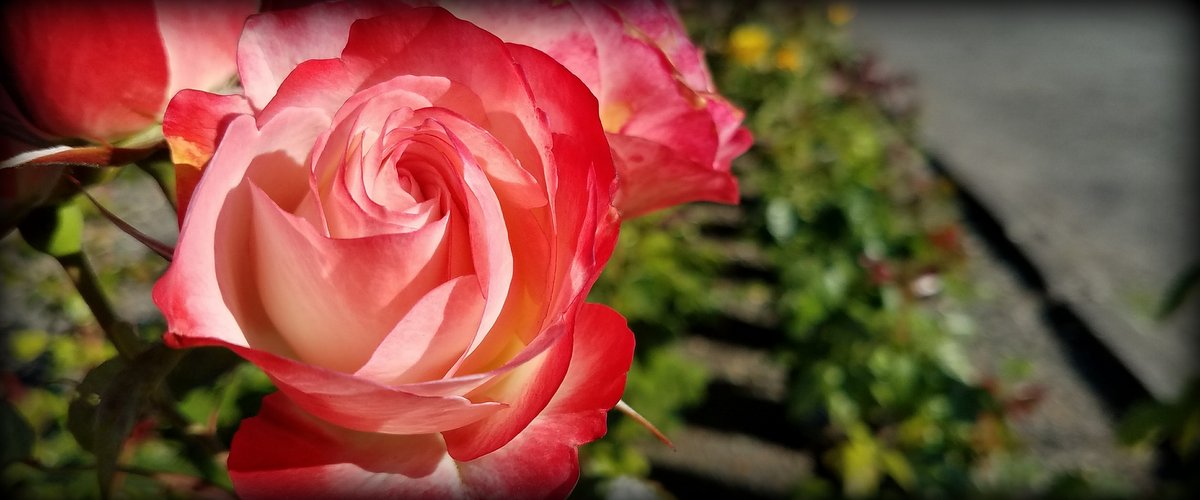
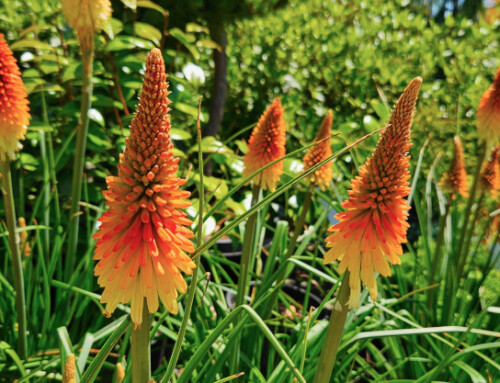
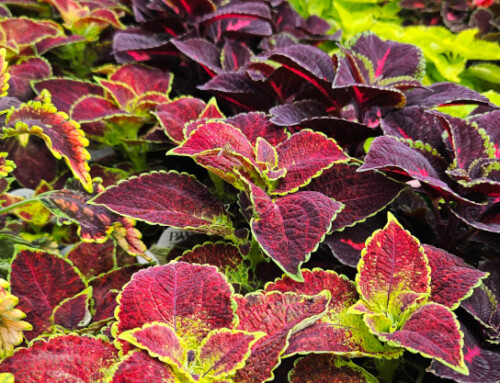
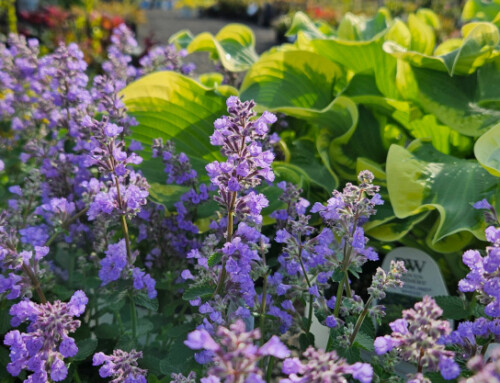
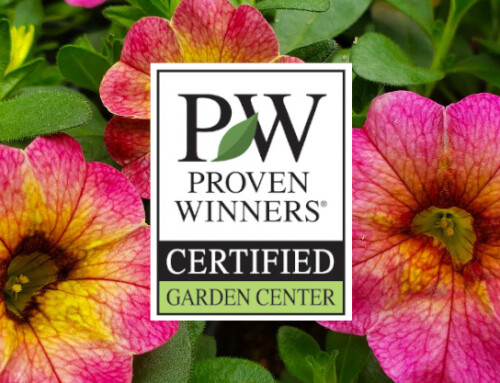
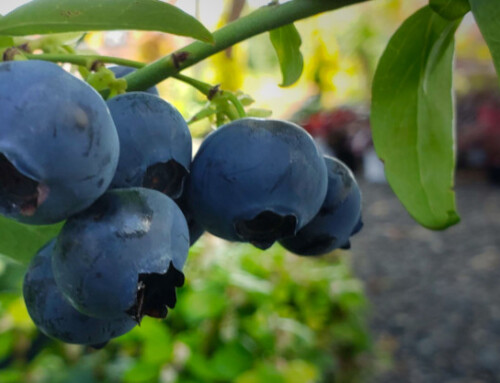
Leave A Comment